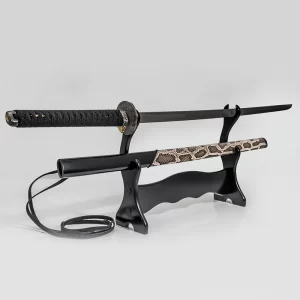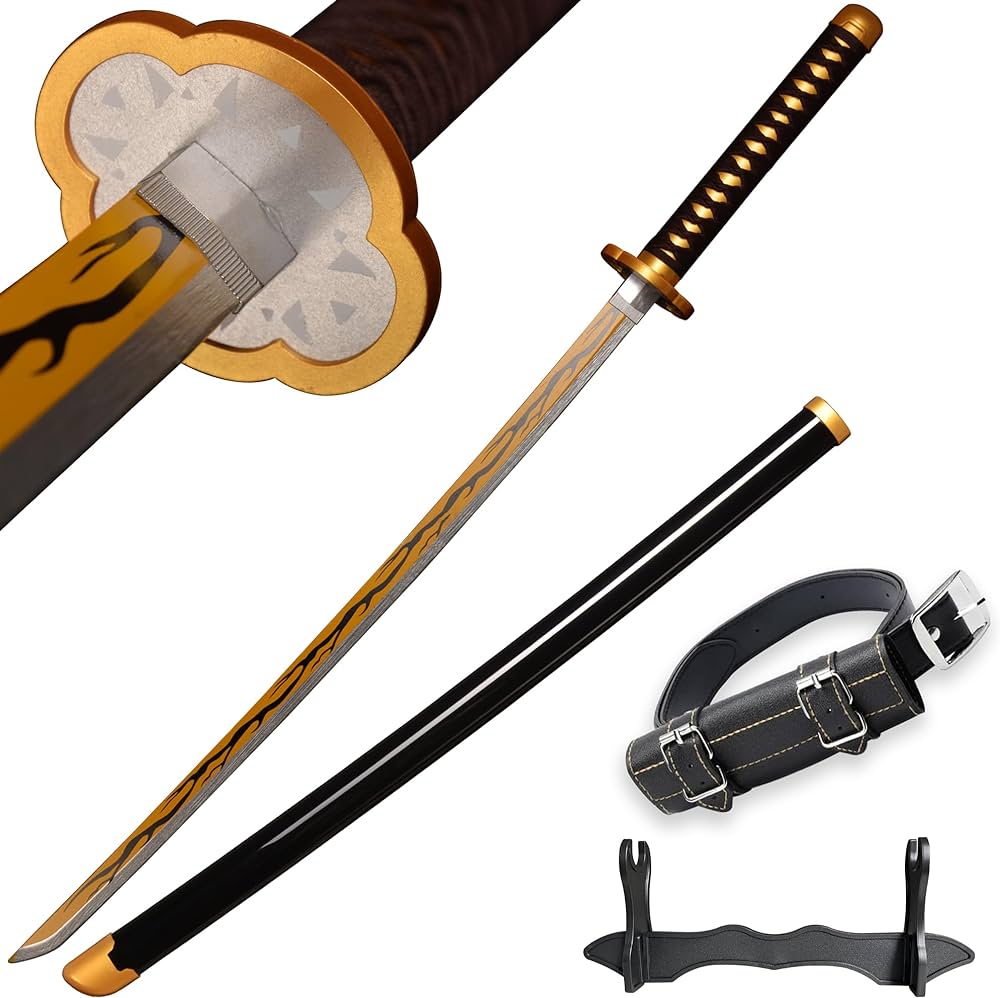
While talking about Japanese swords, especially the notorious weapons employed by samurai fighters, the expressions “katana” and “samurai blade” are frequently utilized conversely. In any case, there are unobtrusive yet huge qualifications between the two that merit investigating. The beauty of japanese sword craftsmanship lies in the intricate patterns of folded steel and the blade’s razor-sharp edge.
The katana is a particular kind of Japanese sword portrayed by its unmistakable bended, single-edged sharp edge and long hold intended for two-gave use. It developed during the Muromachi time frame (around 1392-1573) and turned into the essential weapon of the samurai class during the medieval period of Japan. The samurai warrior’s spirit and skill are embodied in the katana, which is renowned for its exceptional craftsmanship and cutting performance.
Then again, the expression “samurai sword” is a more broad and enveloping term that alludes to different swords utilized by samurai over the entire course of time. While the katana is maybe the most popular sort of samurai sword, there are different sorts also, including the tachi, wakizashi, and tanto, each filling explicit needs on the war zone or in day to day existence.

One vital contrast between the katana and other samurai blades lies in their plan and expected use. The katana, with its bended edge, was basically a weapon for cutting and slicing, leaned toward for its flexibility in both battle and stately settings. Its plan took into consideration quick and exact strikes, making it appropriate for the speedy, tight situation battle experienced on the front line.
Interestingly, other samurai blades, for example, the tachi, wakizashi, and tanto served various jobs and were frequently utilized as reinforcement weapons or for explicit circumstances. The tachi, for instance, originated before the katana and included a more drawn out, more articulated bend, making it appropriate for mounted battle. As part of a samurai’s daisho—a pair of swords—the wakizashi and tanto were shorter swords. The wakizashi was used as a sidearm, while the tanto was used as a utility knife or weapon of last resort.
Even though the katana is often portrayed as the ideal samurai weapon, it is important to understand the variety and complexity of Japanese swordmaking as well as the various roles that swords played in samurai culture. Each sort of samurai sword has its own special history, plan, and reason, adding to the rich embroidery of Japanese swordsmithing custom and military legacy. Each japanese sword tells a story, reflecting the soul of its creator and the history of its lineage.








